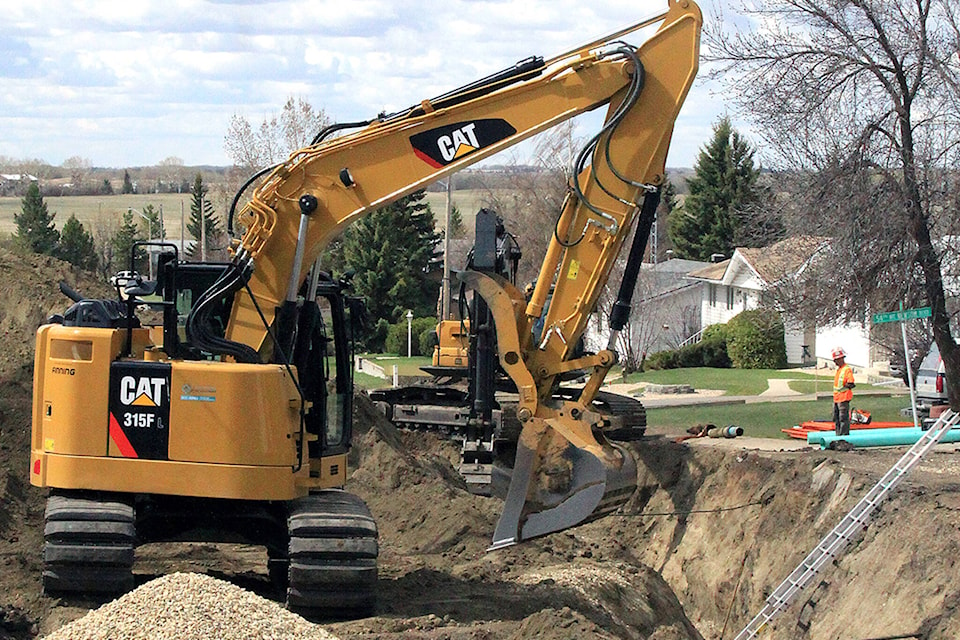The construction industry is traditionally one of the biggest employers in B.C.
In Mission, however, the lack of new housing means few jobs for local residents.
Just 980 new houses were built in Mission between 2016 and 2021, according the last Canadian census, although things were more brisk when it came to townhouse construction.
Mission’s population is growing, meaning a need for new housing. The overall population of Mission is now 41,519, up from 38,554 in 2016.
That’s a 7.7% increase.
But construction industry leaders say contractors are in a dire time.
The statistics reported in the Fall 2022 BC Construction Association (BCCA) Industry Stat Pack, combined with findings from a new economic and policy report published today by the organization, show investment in B.C.’s industrial, commercial, and institutional (ICI) construction sectors is down 10.9% since February 2020, while the non-residential building price index spiked 19.6%.
Meanwhile, the City of Mission has proposed new developer fees that would increase rates exponentially, forcing developers to “pay their fair share of growth-related infrastructure costs,” according to a draft report of the new rates.
Staff have been directed to begin consultation with the development community before approval is sought by the province. A public consultation event is set for Nov. 16 at 6:30 p.m. at the River Room at the Best Western Plus Mission City Lodge (32281 Lougheed Highway)
Director of Finance Doug Stewart said previously that from a finance perspective, the rate is just a math exercise calculating what they need to pay for growth.
“Without the DCC increase, we wouldn’t have the funds to build the infrastructure required,” Stewart said. “If we don’t charge the right amount, the current existing taxpayers are covering the difference.”
Construction has seen a whopping 80% increase in the value of current projects compared to five years ago.
Contractors are struggling to balance declining commercial demand with rising costs of materials and labour, even as waning procurement standards on public sector projects add to project risk.
B.C. is living its lowest construction unemployment rate since 1976 at 5.7%, with the competition for talent sending average construction wages soaring 26% since 2017 and 11% since last year alone. That 2022 jump includes a 2% increase due to the five days mandatory paid sick leave legislated this past January.
Women comprise 5.7% of tradespeople, an increase of 24% since 2017 but a year-over-year decrease of 8%.
“The construction industry is massive, essential, and struggling” said says Chris Atchison, BCCA president. “Make no mistake: many employers are reaching a breaking point. The urgent need for more housing and other infrastructure development hangs in the balance.”
@shinebox44
chris.campbell@missioncityrecord.com
Like us on Facebook and follow us on Twitter.
